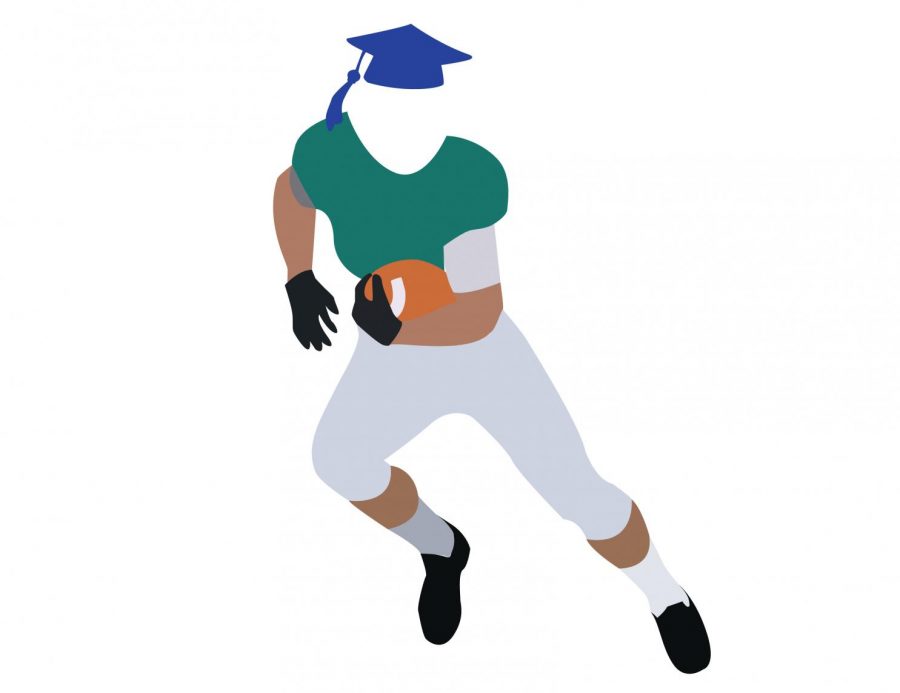College Athletes and Play for Pay
Should athletes receive compensation for their long hours both in and off-season? This is a hot topic discussed in the sports industry. It even involved a lawsuit because of the amount of money that is made from Division I sporting events from football, basketball and even soccer.
The National Collegiate Athletic Association is a non-profit organization, yet racks in billions of dollars every year from these sporting events. Becky Pallack of tucson.com, the site of the Arizona Daily Star, reported that the college sports governing body of the NCAA made up to $750 million in television rights alone for the March Madness tournament in 2012. None of the players saw this money. Instead, it went to conferences and member universities. Student athletes are required to maintain a certain GPA in order to play and are asked to do more than a student not involved in athletics.
These athletes put in time that can resemble a 40-hour workweek. These athletes have meetings, lifting and sometimes even an entire practice all before the start of 8 a.m. classes.
Former Colorado State University player, Nolan Peralta, stated, “It would be nice to get something out of the hours we put in because sometimes partial tuition just is not enough to cover living expenses.”
The NCAA has many regulations that players and coaches must follow. Some of the regulations from the NCAA website handbook include community service participation, no compensation for play, no drug use and random drug testing in and out of season. Players are also under the eye of the entire community, especially such a small one like Black Hills State University.
College athletes are required to list any planned vacations ahead of time because the NCAA can drug test an athlete at any point in their college career.
Former BHSU athlete, Kassidy Scott, said “they fill out paperwork at the end of every school year to list where and when they will be somewhere, in case of a random NCAA drug test.”
The documentary, “Schooled: The Cost of College Sports” states that if the NCAA were to pay their highest division athletes the average compensation, the wage would be at least 15 thousand dollars per year. Because they are a non-profit organization, it is difficult to track the millions of dollars the NCAA brings in.
Partially or fully paid higher education is sometimes offered, but it comes with hardships and endless hours of work. The NCAA makes more than enough money to be able to give back to the players. Their names are used in advertising for athletic events and are used for promoting their own universities.


